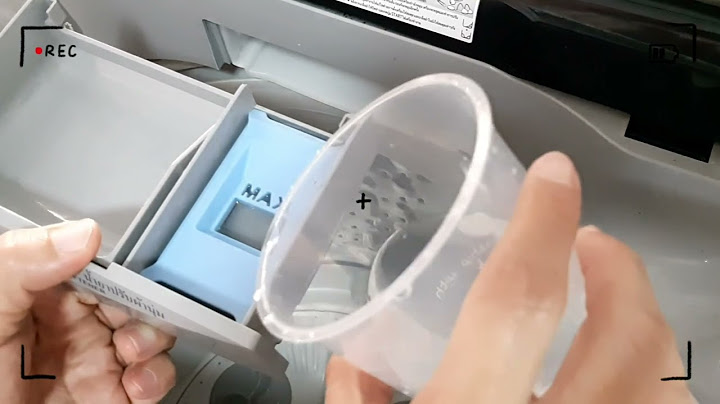2. ประเมินอาการที่แสดงถึงการเกิดภาวะแทรกซ้อนจากความดันโลหิตสูง เช่น อาการปวดศีรษะ ตาพร่ามัว มองเห็นภาพซ้อน คลื่นไส้อาเจียน ปากเบี้ยวพูดไม่ชัด พูดไม่ชัด แขนขาอ่อนแรง Show เพราะอาการเหล่านี้คืออาการที่แสดงถึงภาวะแทรกซ้อน เช่น หลอกเลือดสมองตีบแตก โรคไต จอตาบวมและมีเลือดออกทำให้ตาบอดได้ Your nursing care planning guide includes 6 nursing diagnoses for hypertension (HTN). Get to know the common nursing diagnosis for hypertension, nursing assessment, nursing interventions, and rationale, including teaching and goals. What is Hypertension?Hypertension is the term used to describe high blood pressure. Hypertension is repeatedly elevated blood pressure exceeding 140 over 90 mmHg. It is categorized as primary or essential (approximately 90% of all cases) or secondary due to an identifiable, sometimes correctable pathological condition, such as renal disease or primary aldosteronism. Classifications of Hypertension The American College of Cardiology and American Heart Association published new guidelines (as of 2018) and ways to categorize blood pressure.  Nursing Care PlansNursing care planning goals for hypertension include lowering or controlling blood pressure, adherence to the therapeutic regimen, lifestyle modifications, and prevention of complications. Here are six nursing diagnoses for hypertension nursing care plans: ADVERTISEMENTS
1. Risk for Decreased Cardiac Output
ADVERTISEMENTS Risk for Decreased Cardiac OutputBlood pressure is the product of cardiac output multiplied by peripheral resistance. Hypertension can result from an increase in cardiac output (heart rate multiplied by stroke volume), an increase in peripheral resistance, or both. Nursing Diagnosis
Risk factors may includeThe following are the common related factors for the nursing diagnosis risk for decreased cardiac output secondary to hypertension:
Possibly evidenced by
Goals and desired outcomesBelow are the common expected outcomes for decreased cardiac output secondary to hypertension:
Nursing Assessment and RationaleHere are the nursing assessments for the nursing diagnosis risk for decreased cardiac output secondary to hypertension. 1. Review clients at risk as noted in Related Factors and individuals with conditions that stress the heart. 2. Check laboratory data (cardiac markers, complete blood cell count, electrolytes, ABGs, blood urea nitrogen and creatinine, cardiac enzymes, and cultures, such as blood, wound, or secretions). 3. Monitor and record BP. Measure in both arms and thighs three times, 3–5 min apart while the patient is at rest, then sitting, then standing for initial evaluation. Use correct cuff size and accurate technique. Comparison of pressures provides a complete picture of vascular involvement or the scope of the problem. Severe hypertension is classified in adults as a diastolic pressure elevation of 110 mmHg; progressive diastolic readings above 120 mmHg are considered first accelerated, then malignant (very severe). Systolic hypertension is also an established risk factor for cerebrovascular disease and ischemic heart disease when elevated diastolic pressure. See updated guidelines for classifying hypertension above. 4. Note the presence, and quality of central and peripheral pulses. 5. Auscultate heart tones and breath sounds. 6. Observe skin color, moisture, temperature, and capillary refill time. 7. Note dependent and general edema. 8. Evaluate client reports or evidence of extreme fatigue, intolerance for activity, sudden or progressive weight gain, swelling of extremities, and progressive shortness of breath. Nursing Interventions and RationalesHere are the therapeutic nursing interventions for the nursing diagnosis risk for decreased cardiac output secondary to hypertension. 1. Provide calm, restful surroundings, and minimize environmental activity and noise. Limit the number of visitors and length of stay. 2. Maintain activity restrictions (bedrest or chair rest); schedule uninterrupted rest periods; assist patient with self-care activities as needed. 3. Provide comfort measures (back and neck massage, the elevation of head). 4. Instruct in relaxation techniques, guided imagery, and distractions. 5. Monitor response to medications to control blood pressure. 6. Administer medications as indicated:
7. Implement dietary sodium, fat, and cholesterol restrictions as indicated. 8. Prepare for surgery when indicated. ADVERTISEMENTS 1. Risk for Decreased Cardiac Output
Previous Next Decreased Activity Tolerance Recommended ResourcesRecommended nursing diagnosis and nursing care plan books and resources. Disclosure: Included below are affiliate links from Amazon at no additional cost from you. We may earn a small commission from your purchase. For more information, check out our privacy policy.
See alsoOther recommended site resources for this nursing care plan:
Other nursing care plans for cardiovascular system disorders:
References and SourcesRecommended journals, books, and other interesting materials to help you learn more about hypertension nursing care plans and nursing diagnosis: |

กระทู้ที่เกี่ยวข้อง
การโฆษณา
ข่าวล่าสุด
การโฆษณา
ผู้มีอำนาจ
การโฆษณา
ถูกกฎหมาย
ช่วย

ลิขสิทธิ์ © 2024 th.frojeostern Inc.




























